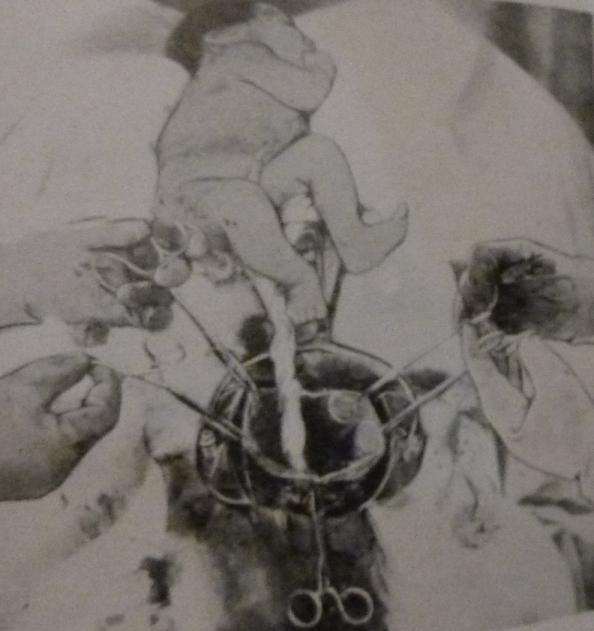May 31, 2019, World No Tobacco Day

WHO Campaign against tobacco. Source: Public health campaigns: getting the message across.
According to recent information of the World Health Organization, around 80% of the world’s 1.1 billion smokers live in low- and middle-income countries.
HCS-Manguinhos has already published some articles on smoking trends. In 2018, we interviewed Allan M. Brandt, Professor of the History of Medicine at Harvard University. According to him, “as smokers in higher income countries have quit, the companies have worked hard to find ‘replacement smokers’ in lower and middle-income countries.”
In response to Brandt’s interview, Fiocruz researchers Luiz Antonio Teixeira and Luiz Alves argued that tobacco consumption in Brazil goes in the opposite direction to global trends due to its successful policies against tobacco consumption policies. In the beginning of the 1990’s, smoking rates in Brazil were about 34.8%, today it has dropped to approximately 15%.
“The rise of smoking in the Global South constitutes a health crisis of enormous proportions.”
 In this interview to our blog, Smoking trends around the globe the cigarette remains today the most deadly, legal product sold around the world.
In this interview to our blog, Smoking trends around the globe the cigarette remains today the most deadly, legal product sold around the world.
 Fiocruz researchers argue that tobacco consumption in Brazil goes in the opposite direction to global trend, which is the migration of the problem of tobacco from the developed countries to low income regions.
Fiocruz researchers argue that tobacco consumption in Brazil goes in the opposite direction to global trend, which is the migration of the problem of tobacco from the developed countries to low income regions.
Sobre la historia del hábito de fumar
 Diego Armus describe su investigación sobre la criminalización de un hábito que durante décadas estuvo culturalmente celebrado.
Diego Armus describe su investigación sobre la criminalización de un hábito que durante décadas estuvo culturalmente celebrado.
La Campaña Nacional Contra el Cáncer en México. Ana María Carrillo (UNAM) estudia los primeros esfuerzos organizados en México para combatir al cáncer. HCSM vol. 17, jul. 2010.
Armus, Diego. Washington y Ginebra llegan a Buenos Aires: notas sobre la historia del hábito de fumar y su medicalización. Hist. cienc. saude-Manguinhos, Mar 2015, vol.22, no.1, p.293-302. ISSN 0104-5970









